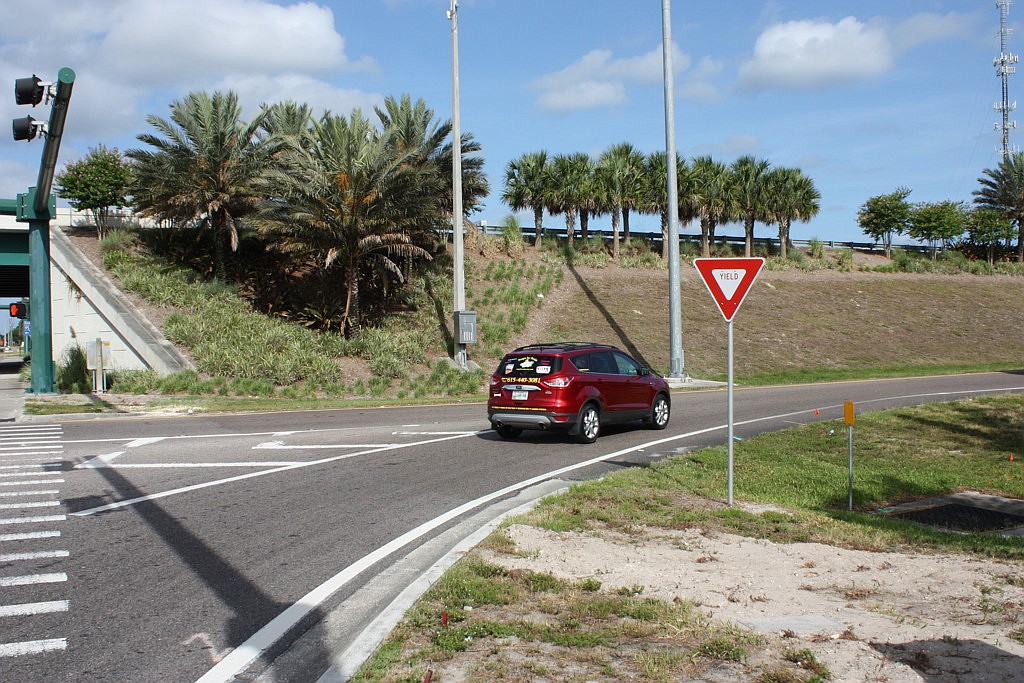- April 16, 2024
-
-
Loading

Loading

Also: Officials discuss capital spending for next year.
The city finally has agreements with all three unions, now that the City Commission signed off on a new contract with general employees. At the previous meeting, the commission finalized contracts with police and fire unions.
Like the police and fire contracts, the general employee agreement, ratified by union members on May 19, has changes to the pension plan that officials say make it more sustainable. All new hires after December, 2012, are under a “defined contribution plan” rather than a “defined benefit plan.”
It will remain in effect until Sept. 30, 2016, unless a new agreement is made earlier.
Raises were also provided in the contract. General employees will receive a 2.5% increase retroactive back to the beginning of the current fiscal year, Oct. 1, 2013.
Full-time employees will receive an increase of 25 cents per hour when the next fiscal year begins on Oct. 1, and another 25 cents per hour the following year. Part-time employees will receive an increase of 12.5 cents per hour in the next fiscal year and another 12.5-cent increase the following year.
The wage increase will cost $114,800 for the next fiscal year.
New hires at the city will not enjoy the same pension benefits as employees hired before 2013. The city will now contribute an amount equal to 6% of an employee’s salary to be invested for retirement, which Budget Director Kelly McGuire called a “defined contribution” plan.
She called the previous plan a “defined benefit” plan. Under this plan, employees receive 2.5% of their salary for every year worked. If an employee works 10 years, they receive 25% of their salary. Employees hired before 2013 are still under this plan.
The difference, McGuire said, is that under the old plan, the city must set aside about 30% of an employee’s salary to be prepared for their retirement. In the new plan, the city only invests 6% of their salary.
Officials have been saying for years that the pension plans have been placing a burden on city finances, particularly since investments started bringing in less money in the economic downturn that began in 2008. They said an “unfunded liability” of millions of dollars put pressure on city finances because investments were not earning enough to pay future retirees.
In contracts signed with the fire and police unions, the city was also able to reduce pension benefits.
Capital projects planned
In a workshop before the meeting, the commissioners took a look at the five-year capital improvement plan. Capital spending is for amounts over $25,000 or for items that last more than one year.
Even though it’s a five-year plan, cities only budget for the first year of the plan. And then the next year, the five years move up, and the city again budgets for the first year of the plan.
“You can only budget for the first year, according to state statute,” explained City Manager Joyce Shanahan. The reason for this is so that future officials will not be stuck with budget decisions made years earlier.
The June 2 workshop was part of the budget planning process, which will involve more public meetings later this year.
The first item discussed was beautification, which involved something easily noticed by visitors, residents and the commissioners themselves: the landscaping on the slopes of the I-95 interchange.
An amount of $20,000 was budgeted to improve irrigation for the slopes for the next fiscal year, but Shanahan suggested moving the money up this year, and start watering in the near future.
“I think you’ll see a noticeable improvement,” she said.
Commissioner Troy Kent said he didn’t think watering would help the situation, and different plants should be installed.
“I want that gateway to look fantastic,” he said. He said a major effort was made for landscaping on the slopes and now “you see that awful patch of weeds.”
The officials reached a consensus to improve the irrigation for six months and see how it looks before planning a greater expenditure to replace plants.
Other items in Beautification included $600,000 for State Road A1A landscaping. FDOT will provide $500,000 for the project, and the city will contribute $100,000.
In discussion about the sports complex, Kent said it’s easy for those who don’t know their way around to get lost.
“The sports complex is fantastic but the signage is horrible,” he said.
Shanahan said city staff is currently working on improving the signage and will use operating, rather than capital improvement funds.
Another area that is noticeable to the public is Lake 5 in Central Park, between Hand Avenue and Fleming Avenue, which has a problem with algae bloom.
City engineer John Noble said Lake 5 is a problem because it is only about six-feet deep while the other lakes, which were borrow pits, are 30-feet deep. The plan is to use floating mats that will soak up algae bloom at a cost of $120,000.
“It’s the most economical approach,” Noble said.
The mats will hold plants that will soak up nutrients in the water. Noble said the city has applied to St. John River Water Management District for a grant which to pay 40% of the cost.
Mayor Ed Kelley expressed the opinion that he didn’t think the mats will work, however, others supported the idea.
“I don’t like it, I love it,” said Commissioner Bill Partington. “If it works, it can be used on Lakes 2 and 3.”
Other planned items in the budget include transportation for $660,000, which mostly consists of road resurfacing; and storm water improvements total $551,000, which include the replacement of corrugated metal pipe.
In the transportation area, an E93 fire truck will be replaced at a cost of $400,000, financed over a five-year period.